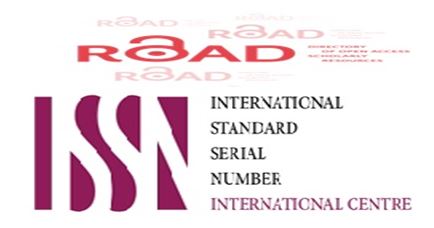The Timing of Elective Caesarean Deliveries and Early Neonatal Respiratory Morbidity in Term Neonates
DOI:
https://doi.org/10.32007/jfacmedbagdad.60138Keywords:
RD (Respiratory distress), ECS (elective caesarean delivery), TTN (transient tachypnea of the newborn), GA (gestational age), O2 (oxygen therapy), SVD (spontaneous vaginal delivary), NCU (Neonatal care unit).Abstract
Background: Respiratory distress is one of interesting presentation of elective caesarean delivery, the presence of labor before elective caesarean delivery decrease the risk of Respiratory distress. adverse respiratory problem in neonate delivered before 39 weeks of gestation are increased.
Objective: To evaluate the association between gestational age at delivery and neonatal respiratory outcomes after elective caesarean delivery between 37 and 41completed weeks.
Patients and Methods: Descriptive study with prospectively collected data from Baghdad teaching hospital/Medical city at neonatal care unit. All infants of gestational age from 37 to 41 completed weeks, with uncomplicated pregnancy, of which 1407 were born by elective caesarean delivery compared to 1304, delivered by spontaneous vaginal delivery between 1st of September 2015 and 31st of January 2016. The neonates delivered by elective caesarean delivery were stratified into five groups according to the gestational age.
Result: There were 1407 neonates delivered by elective caesarean delivery compared with 1304 by spontaneous vaginal delivary of overall 118 neonates were admitted to the Neonatal care unit with Respiratory distress and receiving oxygen therapy or assisted ventilation. Early neonatal Respiratory distress risk was significantly higher in neonate delivered by elective caesarean delivery the rate of Respiratory distress increased with earlier gestational age for both group. The hospitalization days, also decreased with increased gestational age.
Conclusion: Term neonates delivered by elective caesarean section are at increased risk for developing Respiratory distress compared vaginal delivery. The neonatal Respiratory distress decreased if elective caesarean delivery performed after 39 gestational weeks
Keywords: RD (Respiratory distress), ECS (elective caesarean delivery), TTN (transient tachypnea of the newborn), GA (gestational age), O2 (oxygen therapy), SVD (spontaneous vaginal delivary), NCU (Neonatal care unit).




















 Creative Commons Attribution 4.0 International license..
Creative Commons Attribution 4.0 International license..


